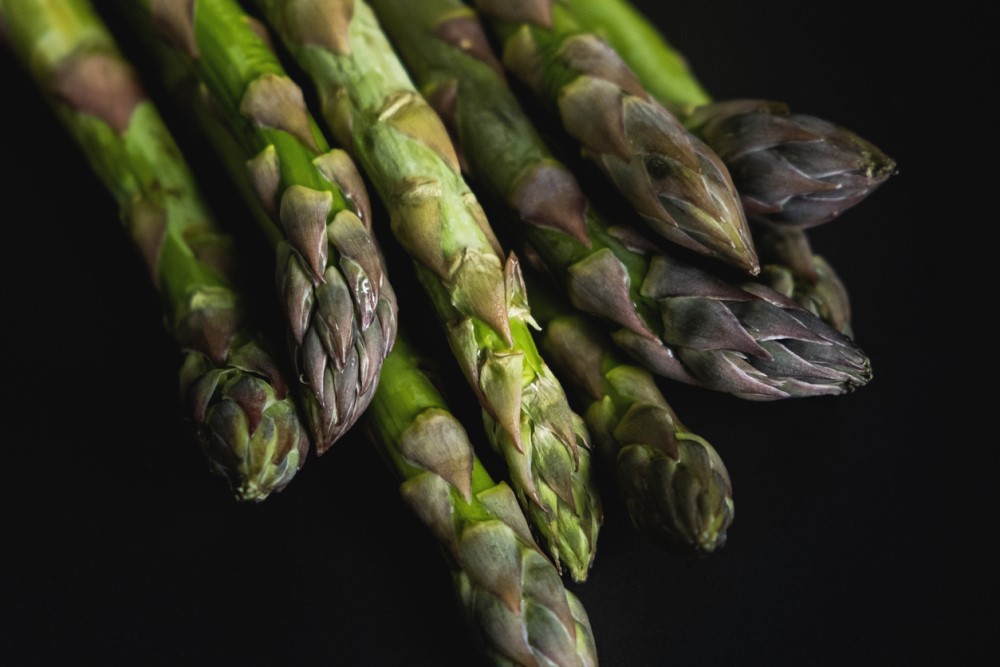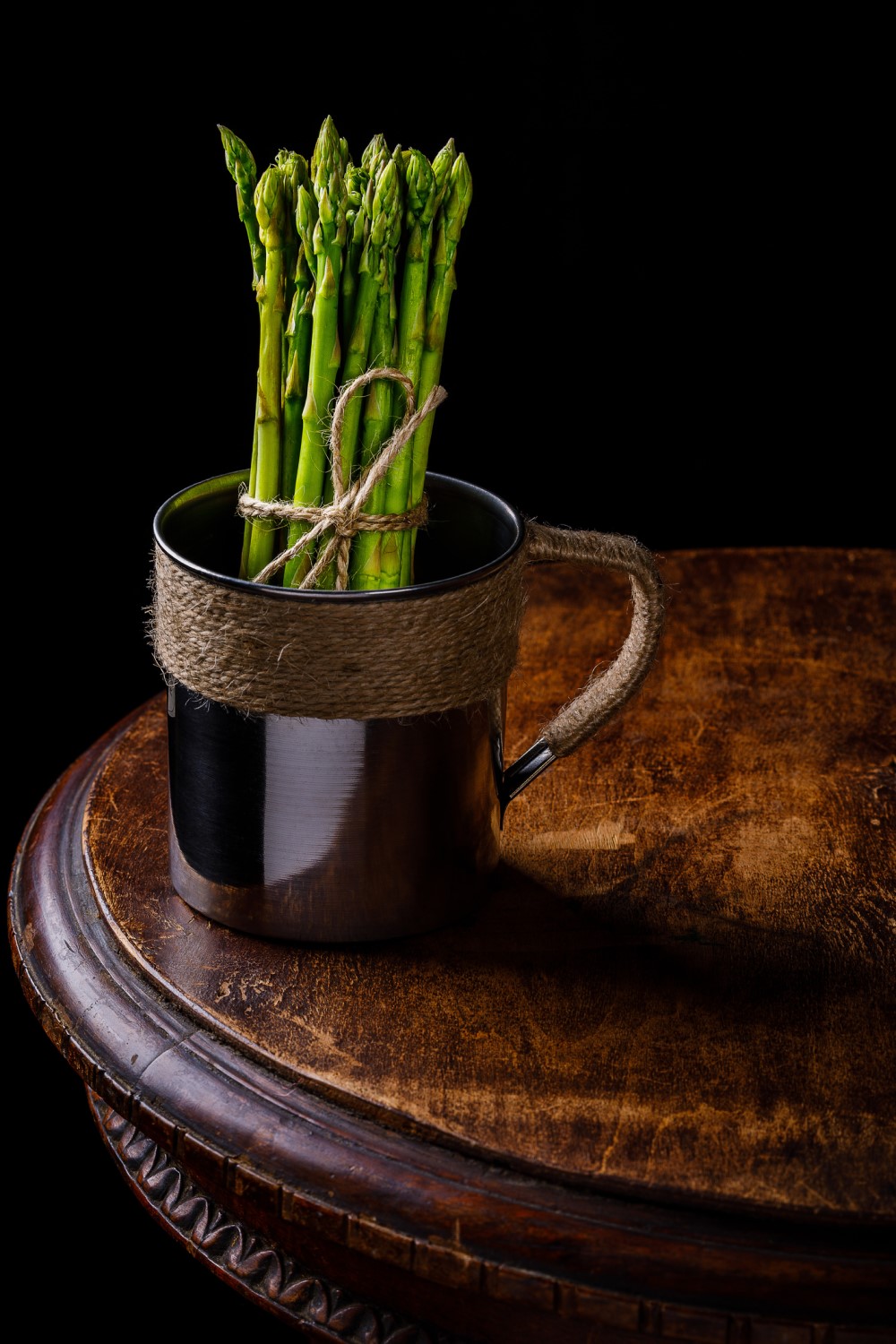Asparagus In Containers – How To Grow And Care For Potted Asparagus
Gardeners like to grow asparagus in containers to save space and make it easy to care for the perennial plant. But having the asparagus neatly growing in a pot could have an impact on the lifespan of the plant. Unlike the plants growing in the garden, potted asparagus will only give about 2 seasons of harvest at most.
Still, it might be a good idea to grow asparagus in containers either because you don’t have enough space in the garden or because the weather conditions in your zone are not ideal for this herbaceous perennial.
This article covers everything you need to know about potted asparagus. It details the different varieties you can choose from and how to care for and harvest the plant.
Asparagus at a Glance
The first thing you’ll notice about asparagus (Asparagus Officinalis) is that it takes its time to establish. That’s usually about 2 to 3 years from the time you plant it. A native of Europe and Africa, the mature asparagus reaches up to 5 feet high and 3 feet wide. And although it can grow in different zones from 4 to 9, it prefers cooler temperatures. The longer and colder the winter, the better asparagus crop you’ll have.
Lacking much ornamental value, the main reason you’d want to grow asparagus is for food. The young spears which grow in the early spring need to be harvested regularly. You can eat it raw, use it in salads, or grill it to make a delicious snack.
But since the edible offshoots are the same stems that make up the plant’s structure, you’ll need to hold back on harvesting your young asparagus for the first couple of years. This will give it time to grow and develop a few stems. The more stems the asparagus has, the better harvest you get out of it.
For that reason, you will need to start more than one plant to ensure the success of the asparagus plant and increase the yield when it’s time to harvest it. To get enough edible shoots of asparagus for one person per year, you’ll need to grow 5 asparagus plants.
Asparagus Varieties
While asparagus takes a lot of time and patience to establish and start producing, it is well worth the wait. The edible spears are rich in vitamins A, B1, B2, B3, C, E, and K. It also has decent concentrations of magnesium, iron, calcium, potassium, and zinc, among others. Fresh asparagus is a good source of fiber and protein as well. Here are the more common asparagus varieties to grow in a container.
- Green Asparagus: A popular variety of asparagus in containers. The stems are usually green both before and after getting cooked. It produces about a half-pound of edible shoots per plant during the spring and early summer. You should wait for the shoots to gain some girth before harvesting them. That way, they’ll be more tender and succulent than thin spears.
- Purple Asparagus: This variety has less fiber but more antioxidants than the green asparagus. As a result, it’s much more tender and has higher nutritious values. The high concentrations of antioxidants are the reason this variety is purple. It prefers warmer zones where it becomes much sweeter due to the higher sugar content.
- White Asparagus: Not as sweet as its purple cousin, although it has more fiber content. It has the same taste as the green asparagus, although the skin and flesh of this variety are both white. And since it favors dark spaces, it’s ideal for growing in a container and keeping it indoors.
- Wild Asparagus: Although it grows mainly in the wild, you can still propagate this variety and grow it in a container. It has thinner stems than the cultivated varieties, but it is rich in flavors. It reaches about 3 feet when it establishes in the wild. But you can control its height by actively harvesting the new spears as soon as they develop.
Besides these natural asparagus species, there are many hybrids and cultivars. Some of the most notable cultivars include Atlas asparagus, Jersey Series asparagus, Apollo asparagus, and Mary Washington asparagus, among others.
How to Grow Asparagus in Containers
Although you can grow asparagus in containers either from seeds or crowns, we recommend starting it from crowns. It just takes a lot more time growing asparagus from seeds. And by the time the plant establishes, you might find that it doesn’t look like the cultivar or hybrid you wanted to grow. Here’s how to go about starting asparagus from crowns in easy steps.
- The best time to start asparagus in containers is in the early spring before the weather warms up.
- If you’re not growing white asparagus, then you need to pick a spot that gets between 6 to 8 hours of sunlight a day. You can move the container around and follow the sun if you don’t have such an ideal spot.
- Select a mid-size container for your asparagus. Keep in mind that the plant has a robust root system, so you can only grow one asparagus per container.
- Choose a terracotta container if you don’t plan to keep it in one place. A plastic pot is easier to move around and costs less.
- Make sure the pot has plenty of drainage holes in the bottom.
- Line the bottom of the container with a thick layer of small gravel. This will improve the drainage and prevent root rot issues.
- Fill the container with a general-purpose potting mix. It should have pH levels between 6.5 and 7.5 which is slightly acidic.
- Dig a hole about 8 inches deep or deeper than the root ball of the asparagus crowns.
- Ease the asparagus out of the pot they came in and inspect the roots. Trim off damaged roots and spread out the healthy roots.
- Place the crowns in the hole so that the soil mark on the stems aligns with the surface of the hole.
- Fill the hole with about three inches of soil. This creates a cavity in the soil around the base of the asparagus.
- Water the asparagus and keep the soil moist until the first shoots appear.
- Fill the cavity in the container gradually as the shoots grow until the topsoil is level.
Asparagus in Containers Care
By starting your asparagus in containers from crowns, you will shave off at least one year off the time you have to wait until the plant establishes and becomes ready to harvest. Aside from that long wait, your care and maintenance consist mostly of making sure the asparagus plant is getting enough light and water.
Light
Most asparagus in containers require about 6 hours of sun for them to grow edible spears. The only exception to this case is the white asparagus which grows in the dark. This is why experts recommend you grow the asparagus in plastic pots, which are easier to carry. Keep the container in a place facing the south or west in your garden. These are the spots that get most of the sunlight hours per day. Sun and light deprivation could impact the yearly crop, and the plant might stop growing after a couple of years.
Fertilizer
As a heavy feeder, your asparagus in containers need as much fertilizer as you can provide. During the growing cycle in the spring and summer, apply organic compost and aged manure to the container about once a month. Work the compost well into the soil and water the plant immediately after. If you’re using fertilizers, apply a 10-10-10 fertilizer also once a month. Sprinkle the granules on the soil away from the stems and water the plant. In the fall and winter, asparagus plants don’t need fertilizers or organic compost.
Water
The water needs of asparagus in containers vary depending on the zone you live in and the size of the container. On average, you’ll need to provide between one to two inches of water every week to keep the soil moist but not wet. Although asparagus roots are sensitive to wet soil, the plants have a low tolerance for drought as well. So aim to keep the soil moist at all times and don’t let it dry out completely. Established asparagus plants need less water than young plants. So once the plant matures, cut back the water to about one inch a week.
Pests and Diseases
Unfortunately, asparagus in containers attracts plenty of pests and is prone to a wide variety of diseases as well. Since this is an edible plant, you need to make sure the shoots are healthy-looking. Some of the pests that feed on the sap in the stems of asparagus plants include asparagus beetles which cause the stems to bend over and turn brown. Remove the beetles by hand and drown them in a bucket full of soapy water. Cutworms also attack the young spears and sever them near the soil line. You’ll need to manually pick the cutworms and dispose of them safely.
As for diseases, Fusarium crown rot is a common fungal infection that affects the established asparagus plants. It causes red spots on the crowns and wilted stems. Get rid of the infected plants and dispose of the soil and the container altogether.
Asparagus rust is another fungal infection that spreads in humid conditions, wet soil, and poor air circulation. Its symptoms include green spots with red or orange rings around them. Remove the infected plants and improve air ventilation around the plants.
Harvesting Asparagus in Containers
After a lot of waiting and working hard to keep the asparagus in containers healthy, it’s time to harvest the edible shoots. Your young asparagus, which is about 3 years old, has an average harvest season of about 3 weeks. Once established, you can keep harvesting young shoots of asparagus for up to 8 weeks, starting in the spring.
Pick your asparagus spears before they grow foliage. That’s the best time to eat the tender stems. Once leaves blossom at the top of the stem, it becomes too sinewy to eat. The ideal length of the stem is between 8 and 10 inches. Use a sharp blade to cut it near the soil line. Don’t cut young shoots after the end of the harvest season (late spring), or you would damage the whole plant.

